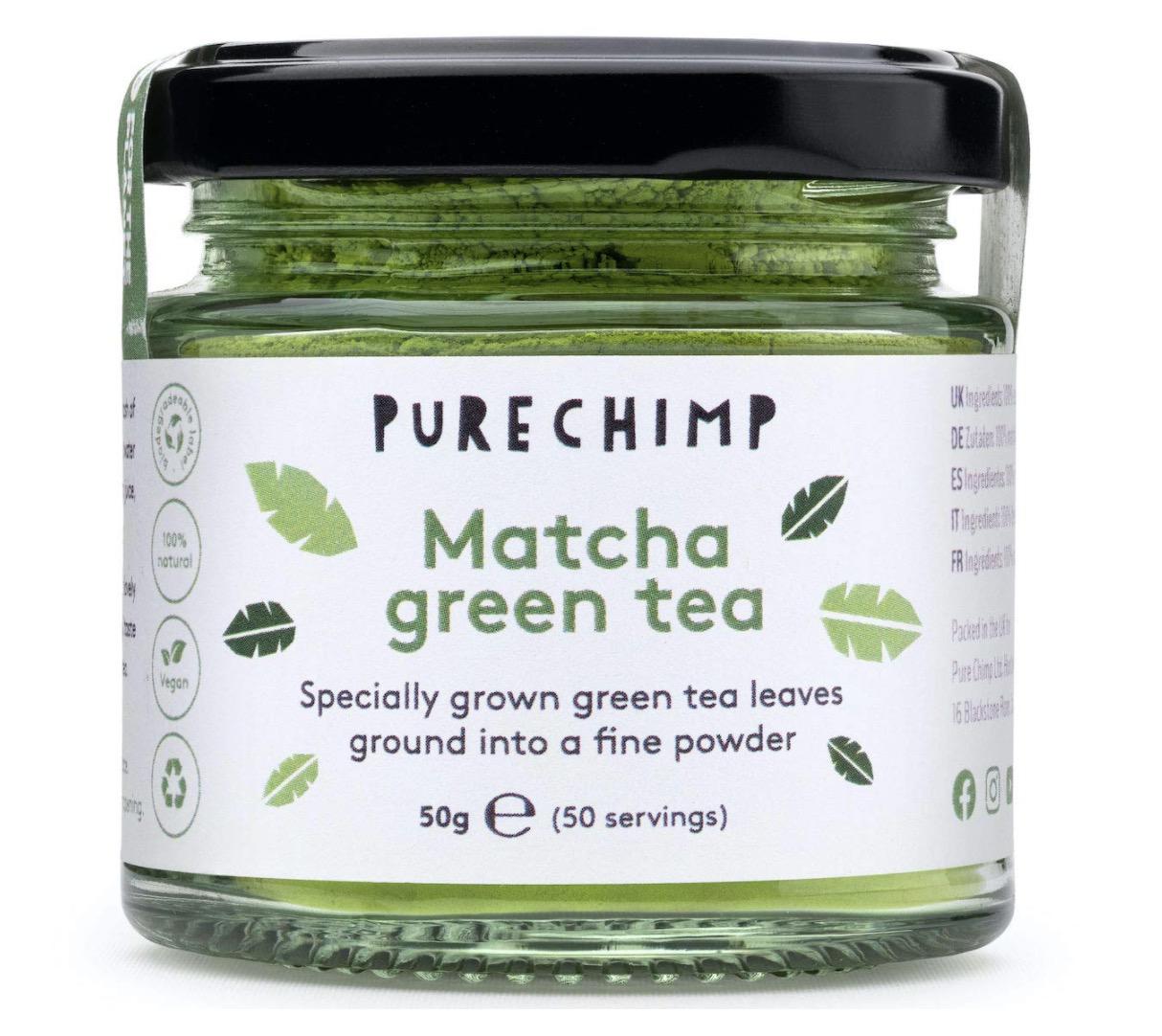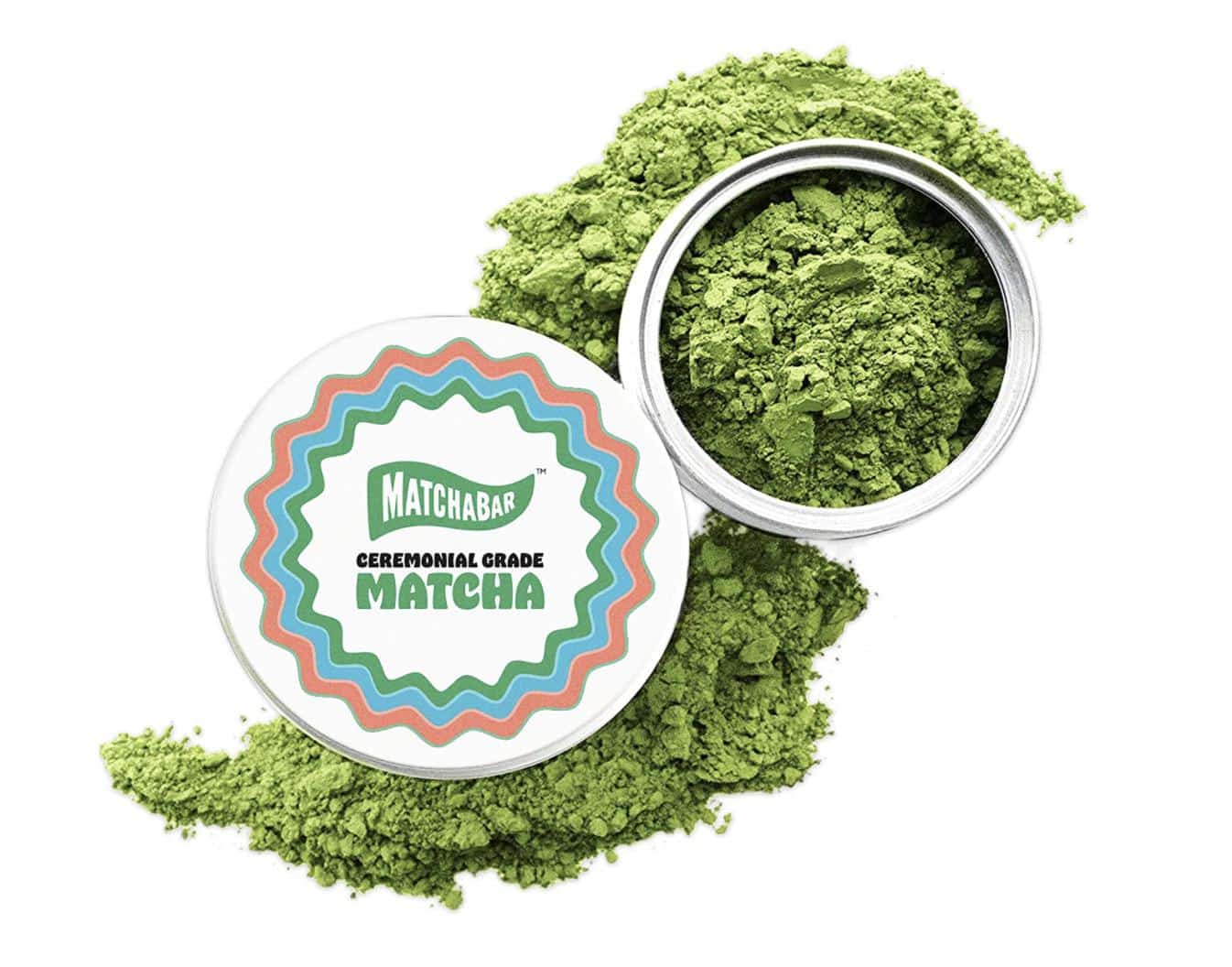

Jordan Lye / Moment / Getty Images
Drinking regular green tea is a lot like boiling kale and drinking the water. You get some of the nutrients, but most of it goes in the trash. With matcha tea, on the other hand, you consume the whole tea leaves and get all the nutrients. Plus, matcha is more nutrient-dense to begin with.
What’s the Difference Between Matcha and Green Tea?
Matcha and green tea are both made from the leaves of the Camellia sinensis plant. However, there are some key differences.
- Matcha is ground into a fine powder, whereas with regular green tea the leaves are left whole.
- Matcha plants are kept in complete shade two weeks before harvesting, whereas regular green tea plants are exposed to sunlight.
- Matcha leaves are steamed after harvesting, whereas green tea leaves are not.
- Matcha tea uses the whole leaf, whereas with regular green tea the stems and veins are removed.
- Matcha contains higher levels of the antioxidant epigallocatechin gallate (EGCG).
- Matcha contains higher concentrations of amino acids like L-theanine and L-arginine.
- Matcha contains more caffeine.
Plus, matcha tea powder can be added to food bars and baked goods.
Our Picks for the Best Matcha Green Teas
Each product featured here has been independently selected by the writer. Check out our full review methodology here. If you make a purchase using the links included, we may earn a commission.
- Best Overall – PureChimp Matcha Green Tea
- Best Organic – Chalait Organic Ceremonial Grade Matcha
- Best Ceremonial Grade – MatchaBar Ceremonial Grade Matcha
Health Benefits of Matcha vs. Green Tea
Matcha tea and green tea both possess the same general health benefits. Each has the potential to:
- Relieve stress and anxiety
- Support cardiovascular health
- Reduce inflammation
- Promote weight loss
- Speed muscle recovery
- Reduce the risk of type 2 diabetes
- Enhance cognition
According to a 2017 meta-analysis, the compounds in green tea may boost cognition in healthy individuals. The study found “reliable evidence showing that L-theanine and caffeine have clear beneficial effects on sustained attention, memory, and suppression of distraction.” This may be where the subtle differences lie. Overall, matcha has higher concentrations of L-theanine and caffeine. Therefore matcha tends to exert a more powerful feeling of “alert calm.”
If you decide to drink green tea later in the day, opt for regular green tea. The lower caffeine content should be less likely to disrupt your sleep cycle.
A Week of Matcha ? 7 Ways to Enjoy
www.youtube.com
How Each Tea is Produced and Prepared
Regular green tea is entirely sun-grown, meaning it’s exposed to normal sunlight right up until the day it’s harvested.
Matcha tea, on the other hand, is kept in the shade for the final 2-3 weeks before harvesting. The lack of sunlight triggers the plant to produce more chlorophyll, resulting in higher concentrations of therapeutic compounds. Shade harvesting is also responsible for the plant’s distinct earthy aroma. Unlike regular green tea, matcha is steamed and then stone-ground into a fine powder.
Regular green tea is prepared by steeping the dried leaves in hot water for 30-45 seconds, then straining the liquid and removing the leaves.
Matcha tea, however, is prepared by mixing 1-2 teaspoons of matcha powder in a small amount of hot water using a traditional bamboo whisk or spoon. Once the powder is thoroughly mixed, more hot water can be added to taste.
Nutritional Content of Matcha vs. Green Tea
Although matcha and green tea both come from the same species of plant, Camellia sinensis, matcha has a higher concentration of therapeutic compounds. This is because the shade-harvesting practices of matcha yield higher levels of the alkaloid caffeine, the amino acid L-theanine, and the antioxidant EGCG.
According to a 2003 study, matcha contains roughly three times more EGCG than the average green tea. EGCG is thought to be responsible for several of green tea’s health benefits, including reducing the risk of heart disease and fighting inflammation.
In a recent study published in The European Journal of Clinical Nutrition, researchers demonstrated that EGCG can effectively guard against oxidative damage. The L-theanine in green tea is largely responsible for green tea’s calming effects.
According to a 2006 study published in The Journal of Herbal Pharmacotherapy, L-theanine accomplishes this by increasing levels of dopamine, serotonin, and GABA.
The Best Matcha Green Tea To Buy Online
Best Overall: PureChimp Matcha Green Tea

purechimp.com
- 5% of the company’s profits go to charity
- Packaged in a recyclable glass jar with an aluminum lid
- High-quality Japanese matcha with a less bitter taste
Best Organic: Chalait Matcha (Organic Grade)

chalait.com
- Tested annually for pesticides and heavy metals like lead
- Smooth mellow flavor with hints of chocolate, leafy greens, and snow peas
- Small batch product made from hand-picked leaves
Best Ceremonial Grade: MatchaBar Ceremonial Grade Matcha

matchabar.co
- Highest caffeine and antioxidant levels on the market, according to the brand
- Small batch product that is hand blended
- Graded by a certified Chasi tea master

 233k
233k  41k
41k  Subscribe
Subscribe 